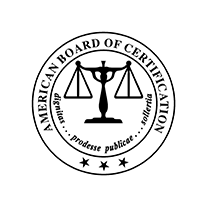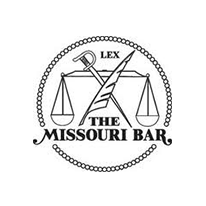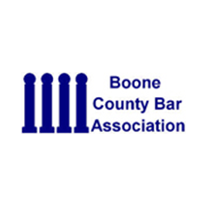Get a fresh start by cancelling debts and unwanted contracts. Creditors are forbidden by law to attempt to collect debts that have been discharged. (Note: Not all debts are dischargeable.)
Chapters 7 is often referred to as the liquidation chapter of consumer bankruptcy, because it accommodates the needs of many individuals. During the years 1994 through 2000, nearly all bankruptcy cases were filed under either chapter 7 or chapter 13. Therefore, when consumers have a choice, it is usually between those two.
The filing of a bankruptcy petition creates an estate which includes all the debtor’s property as of the date of filing. Chapter 7 stands alone as the procedure that provides exclusively for liquidation (reduction to cash) of property of that estate (net of liens and exemptions ) by a trustee, payment of administrative expenses and distribution of any remaining funds to unsecured creditors, rejection of undesirable contracts and leases, and ultimately the discharge of dischargeable debts.
Currently, about 70% of consumer debtors file under chapter 7. Historically, the vast majority of chapter 7 cases (about 95 to 97 percent) yield no assets for creditors. Evidently, debtors who file under chapter 7 seldom lose any property to creditors.
If the debtor demonstrates eligibility to proceed under this chapter, refrains from fraud, makes full disclosure and otherwise complies with the requirements of the Code, the court is sure to grant him or her discharge; and, once the case has been fully administered, it will be closed.
 Pay Online
Pay Online



